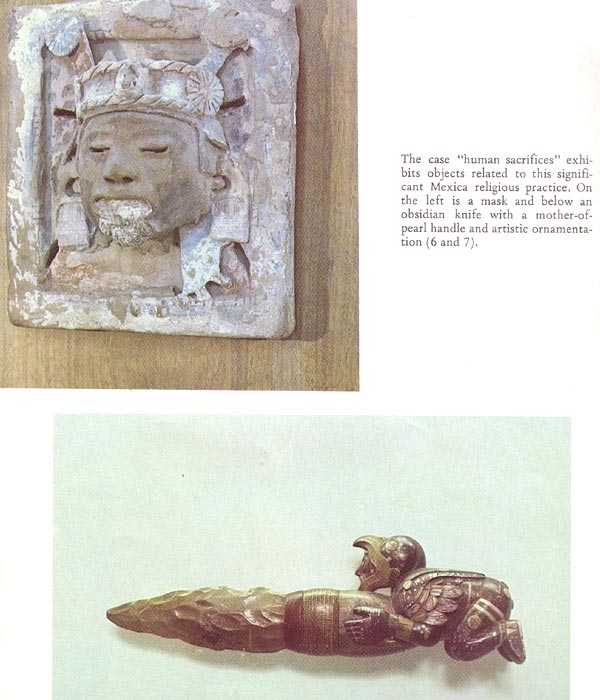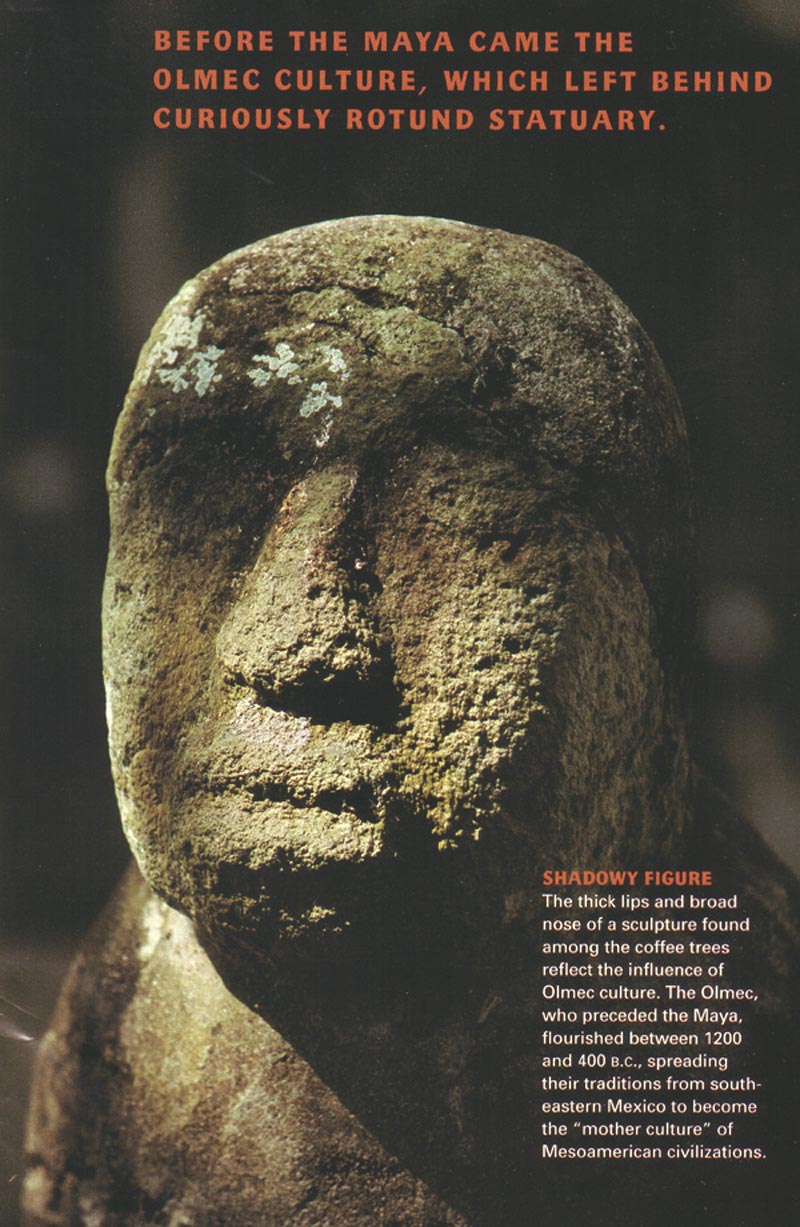
THE BOOK OF MORMON DOES NOT MENTION THE PRACTICE OF HUMAN SACRIFICE!
The
Olmecs flourished during Mesoamerica's formative period, dating roughly
from as early as 1500 BCE to about 400 BCE. Pre-Olmec cultures had
flourished since about 2500 BCE, but by 1600–1500 BCE, early Olmec
culture had emerged, centered on the San Lorenzo Tenochtitlán site near
the coast in southeast Veracruz. They were the first Mesoamerican
civilization, and laid many of the foundations for the civilizations
that followed. Among other "firsts", the Olmec appeared to practice
ritual bloodletting and played the Mesoamerican ballgame, hallmarks of
nearly all subsequent Mesoamerican societies. The aspect of the Olmecs
most familiar now is their artwork, particularly the aptly named
"colossal heads". The Olmec civilization was first defined through
artifacts which collectors purchased on the pre-Columbian art market in
the late 19th century and early 20th centuries. Olmec artworks are
considered among ancient America's most striking. Wikipedia Encyclopedia

Human sacrifice in the Moche civilization
Both
iconography and the finds of human skeletons in ritual contexts seem to
indicate that human sacrifice played a significant part in Moche
religious practices. These rites appear to have involved the elite as
key actors in a spectacle of costumed participants, monumental settings
and possibly the ritual consumption of blood. The tumi was a
crescent-shaped metal knife used in sacrifices. While some scholars,
such as Christopher B. Donnan and Izumi Shimada, argue that the
sacrificial victims were the losers of ritual battles among local
elites, others, such as John Verano and Richard Sutter, suggest that
the sacrificial victims were warriors captured in territorial battles
between the Moche and other nearby societies. Excavations in plazas
near Moche huacas have found groups of people sacrificed together and
the skeletons of young men deliberately excarnated, perhaps for temple
displays. The Moche may have also held and tortured the victims for
several weeks before sacrificing them, with the intent of deliberately
drawing blood. Verano believes that some parts of the victim may have
been eaten as well in ritual cannibalism. The sacrifices may have been
associated with rites of ancestral renewal and agricultural fertility.
Moche iconography features a figure which scholars have nicknamed the
"Decapitator"; it is frequently depicted as a spider, but sometimes as
a winged creature or a sea monster: together all three features
symbolize land, water and air. When the body is included, the figure is
usually shown with one arm holding a knife and another holding a
severed head by the hair; it has also been depicted as "a human figure
with a tiger's mouth and snarling fangs". The "Decapitator" is thought
to have figured prominently in the beliefs surrounding the practice of
sacrifice. Wikipedia Encyclopedia
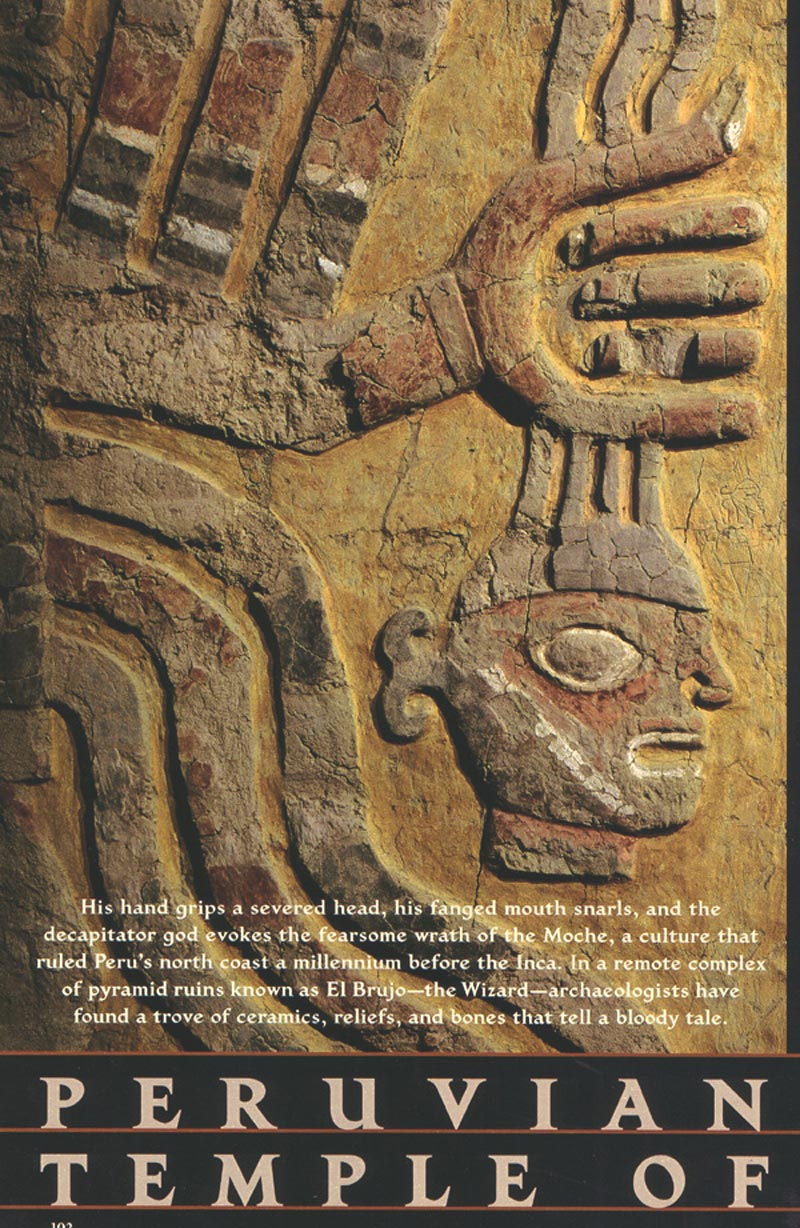
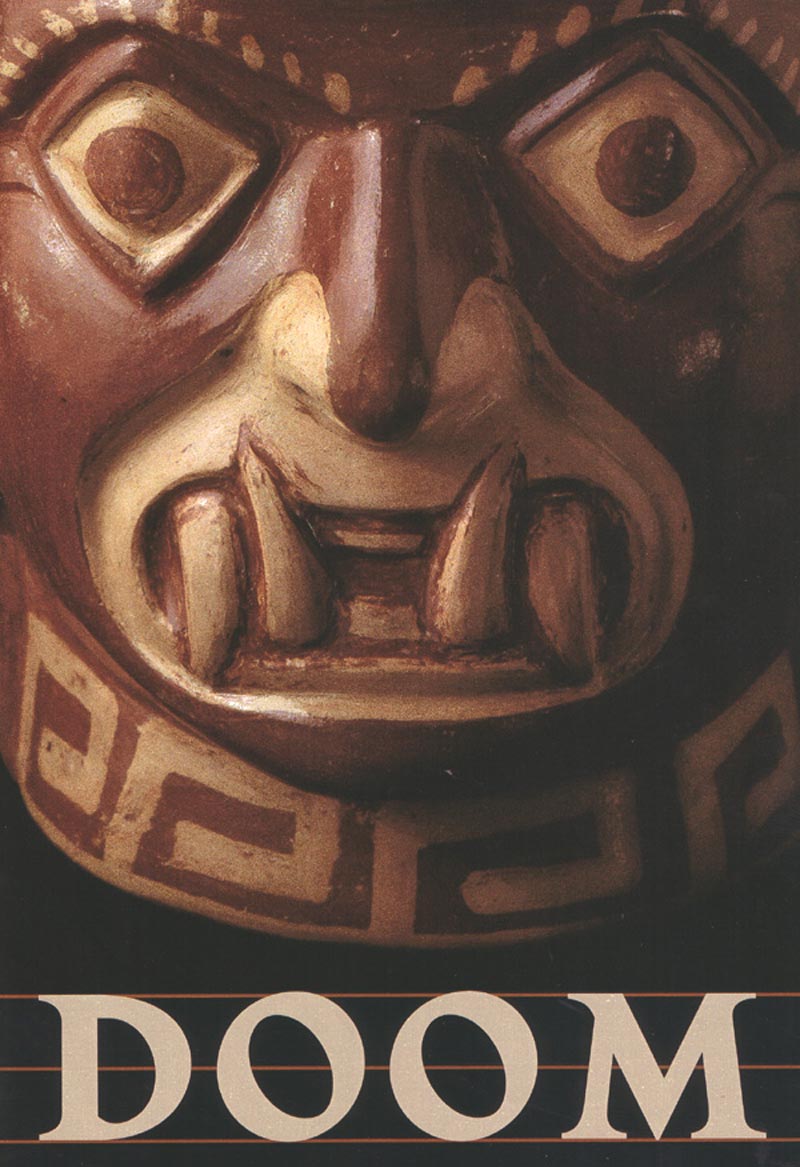
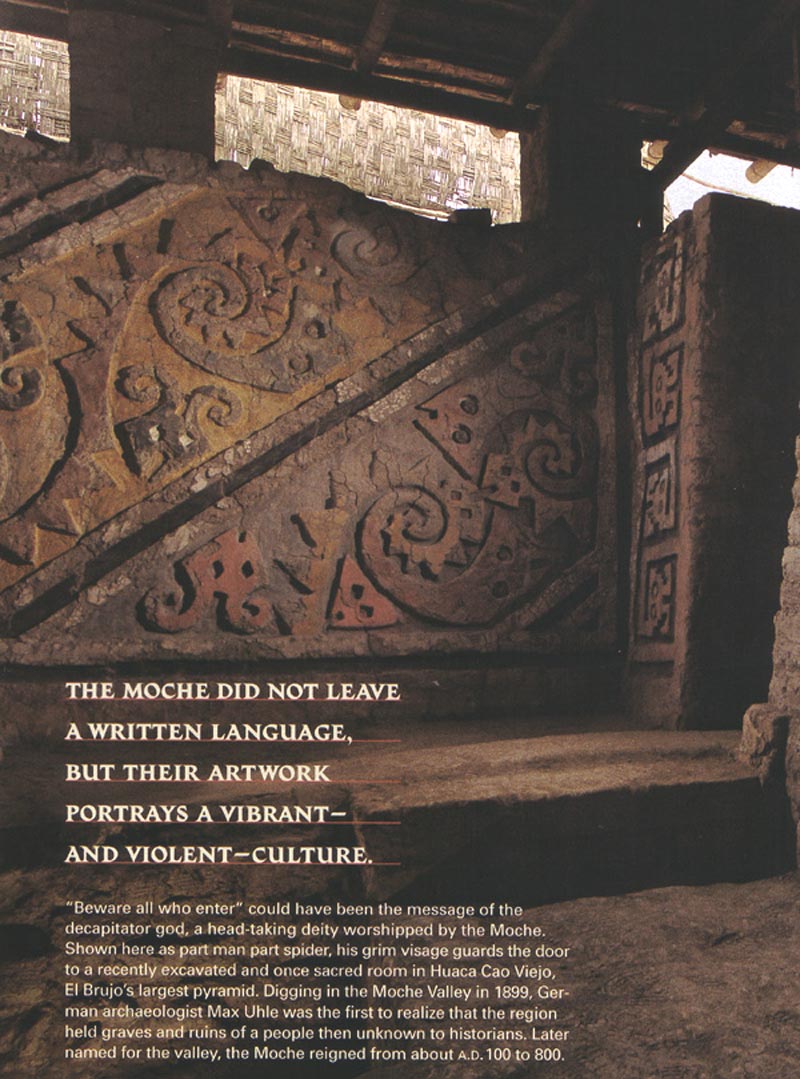
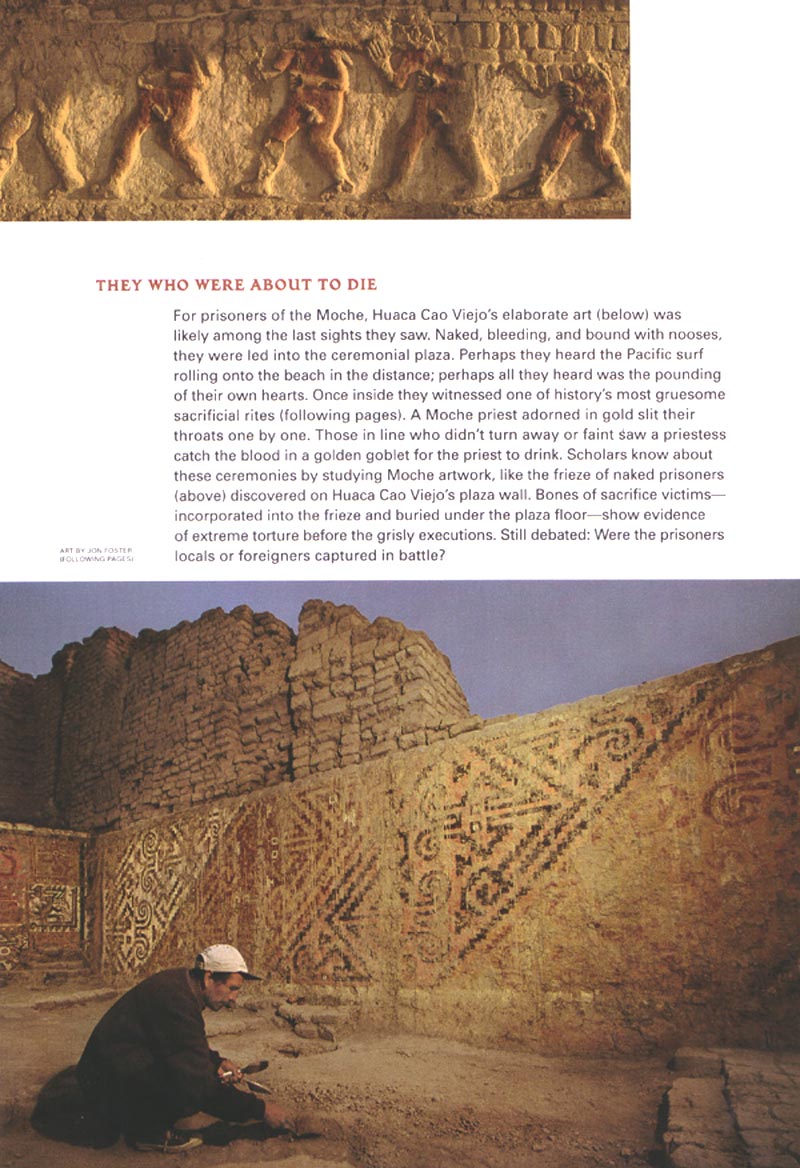
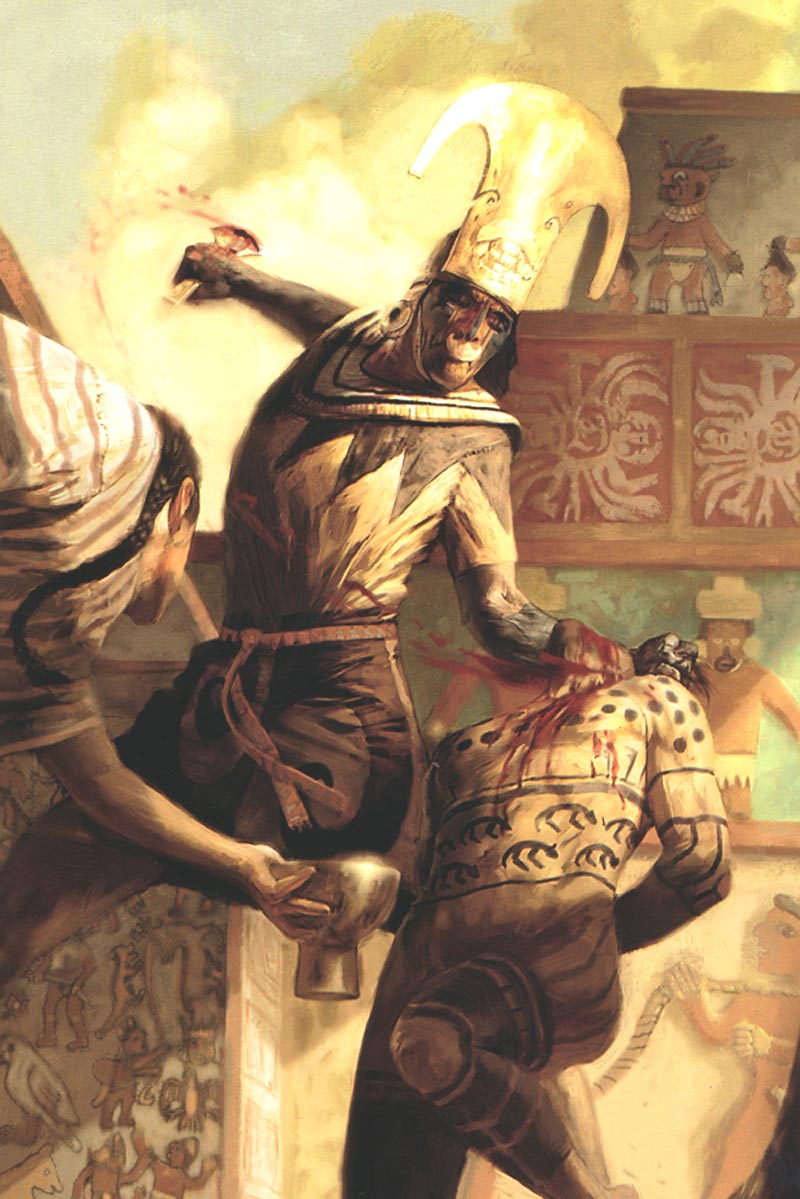
Human sacrifice in the Mayan civilization
The Maya frequently offered their own blood, which they spattered on pieces of bark paper. They practiced some human sacrifice, such as throwing victims into deep wells or killing them at the funerals of great leaders. 2002 World Book Encyclopedia.
Human sacrifice in the Zapotec civilization
Zapotec
civilization originated in the Central Valleys of Oaxaca in the late
6th century BC. The three valleys were divided among three
different-sized societies, separated by 80 square kilometres (31 sq mi)
“no-man’s-land” in the middle. The city of Oaxaca much later developed
in that area. Archaeological evidence, such as burned temples and
sacrificed war captives, suggests that the three societies competed
against each other. At the end of the Rosario phase (700–500 BC), the
valley's largest settlement San José Mogote, and a nearby settlement in
the Etla valley, lost most of their population. Wikipedia Encyclopedia
Human sacrifice in the Incan civilization
Sacrifices and offerings accompanied by prayers were a main part of the Inca religious ceremonies. Crops and animals, mainly llamas, were sacrificed to keep the good will of the gods. Human sacrifices were made under special circumstances. Most people considered it an honor to be chosen for sacrifice. 2002 World Book Encyclopedia.
Human sacrifice in the Teotihuacano civilization
As
evidenced from human and animal remains found during excavations of the
pyramids in the city, Teotihuacanos practiced human sacrifice. Scholars
believe that the people offered human sacrifices as part of a
dedication when buildings were expanded or constructed. The victims
were probably enemy warriors captured in battle and brought to the city
for ritual sacrifice to ensure the city could prosper. Some men were
decapitated, some had their hearts removed, others were killed by being
hit several times over the head, and some were buried alive. Animals
that were considered sacred and represented mythical powers and the
military were also buried alive or captured and held in cages such as
cougars, a wolf, eagles, a falcon, an owl, and even venomous snakes.
Wikipedia Encyclopedia
Human sacrifice in the Aztec civilization
Human sacrifice played a vital role in the major ceremonies. Priests slashed open the chest of a living victim and tore out the heart. The Aztec believed that the gods needed human hearts and blood to remain strong. Worshipers sometimes ate portions of a victim's body. They may have thought that the dead person's strength and bravery passed to anyone who ate the flesh. Most victims were prisoners of war or slaves. But the Aztec also sacrificed children to the god Tlaloc. 2002 World Book Encyclopedia.
The Aztec fought not only to enlarge their territory but also to take captives for sacrifice to the gods. Human sacrifice was a major part of the Aztec religion. Only the Aztec and the Inca had full-time armies. In other tribes, warriors went back to hunting or farming after their battles. Some tribes, particularly the Northwest tribes and the Iroquois, made slaves of their captives. The Witoto and Tupinamba tribes of the Tropical Forest tortured war captives and then ate them. But the victims were not eaten as a source of food. The Indians believed the dead person's strength and bravery would be passed on to the person who ate the flesh. 2002 World Book Encyclopedia.
